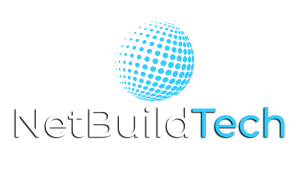Application Security
Web Application Firewall
A web application firewall (WAF) is a critical security component that protects web applications from a variety of cyber threats, including SQL injection, cross-site scripting (XSS), and other malicious attacks. It acts as a barrier between the web application and the internet, filtering and monitoring HTTP traffic to block potentially harmful requests and protect against known vulnerabilities. By analyzing incoming traffic and enforcing security policies, WAFs help prevent unauthorized access to sensitive data and maintain the integrity of web applications.
Run Time Application Self-Protection
Runtime Application Self-Protection (RASP) is a proactive security measure that operates within the application runtime environment. It dynamically detects and defends against security threats in real-time, enhancing application security posture. By embedding security controls directly into the application, RASP effectively mitigates vulnerabilities and protects sensitive data.
Edge to End Protection
Edge-to-end protection ensures comprehensive security coverage across the entire digital infrastructure, from the network edge to endpoint devices. By safeguarding data and communications at every touchpoint, organizations can mitigate threats and maintain data integrity throughout the entire ecosystem. This approach involves implementing robust security measures at both the network perimeter and individual endpoints, providing a layered defense strategy.
Application Security
Application security is a crucial aspect of protecting software applications from threats and vulnerabilities throughout their lifecycle. It encompasses a range of practices, including secure coding, vulnerability assessment, and penetration testing, aimed at identifying and mitigating risks. By implementing robust security measures, such as encryption and access controls, organizations can safeguard their applications against unauthorized access and data breaches.
Data Security
Data security involves safeguarding sensitive information from unauthorized access, disclosure, or corruption. It encompasses measures such as encryption, access controls, and data masking to protect data both at rest and in transit. By implementing robust security protocols, organizations can mitigate risks and prevent data breaches that could lead to financial loss or damage to reputation. Continuous monitoring and compliance with data protection regulations are essential to maintain the integrity and confidentiality of data.
Edge Security
Edge security focuses on protecting devices, networks, and data at the network edge, where data enters and exits a network. It involves implementing security measures such as firewalls, intrusion detection systems, and secure access controls to defend against cyber threats. By securing the network perimeter, edge security helps prevent unauthorized access and data breaches before they reach the internal network.
